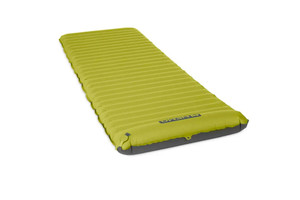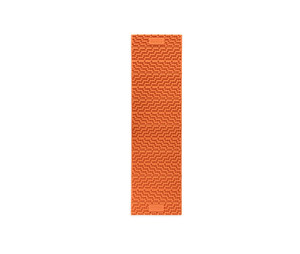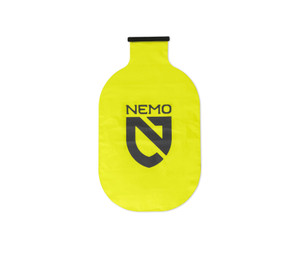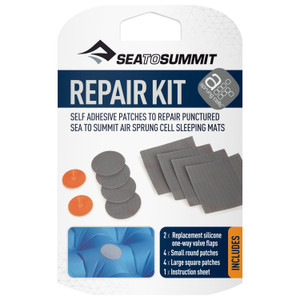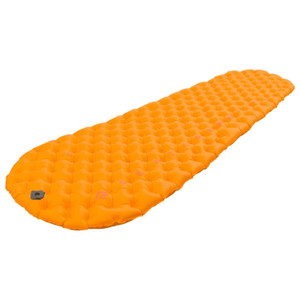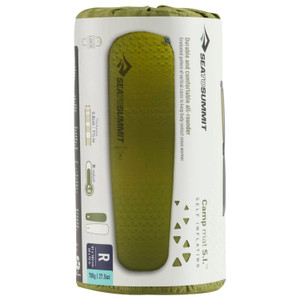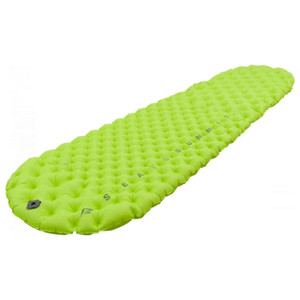
Mats
Hiking sleeping mats—also called sleeping pads—are lightweight mats placed under your sleeping bag to provide insulation and cushioning from the ground during hikes, backpacking trips, or camping.
They serve two main purposes:
-
Insulation: Prevent heat loss to the cold ground
-
Comfort: Provide a softer surface for sleeping on rocks, roots, or hard soil
Types of Hiking Sleeping Mats:
1. Foam Mats (Closed-cell Foam Pads)
-
Made from dense foam
-
Lightweight, durable, and don’t need inflation
-
Can be strapped outside your backpack
Pros:
-
Inexpensive
-
Virtually indestructible
-
Good for emergency use
Cons:
-
Bulky
-
Less comfortable
2. Self-Inflating Mats
-
Contain foam that expands when you open the valve
-
Provide good insulation and some comfort
Pros:
-
Easy to use
-
Better comfort than foam pads
Cons:
-
Heavier than foam
-
Can puncture (though less often than air mats)
Inflatable (Air) Mats:
-
Lightweight and compact
-
Require manual inflation (by mouth or pump)
Pros:
-
Best comfort-to-weight ratio
-
Packs down very small
Cons:
-
Prone to punctures
-
Can be noisy and need care when using
Understanding R-Value (Insulation Rating):
-
R-value measures the mat's ability to resist heat loss
-
The higher the R-value, the warmer the mat
| R-Value | Season | Conditions |
|---|---|---|
| 1 – 2 | Summer | Warm nights only |
| 2 – 4 | 3-season | Spring, summer, fall |
| 4 – 6 | 4-season | Cold to freezing temps |
| 6+ | Winter | Snow & extreme cold |
Choosing a Hiking Sleeping Mat:
-
For ultralight hiking: Inflatable mat or foam pad with R-value 2–3
-
For alpine/winter hiking: Inflatable or self-inflating mat with R-value 4+
-
For budget hikes: Foam mat (cheap and reliable)
Summary:
| Type | Weight | Comfort | Pack Size | Insulation | Price |
|---|---|---|---|---|---|
| Foam | Light | Low | Bulky | Moderate | Low |
| Self-inflating | Medium | Medium | Medium | Good | Medium |
| Air | Light–Ultra-light | High | Compact | Varies | High |
Would you like recommendations based on your destination or pack weight?


